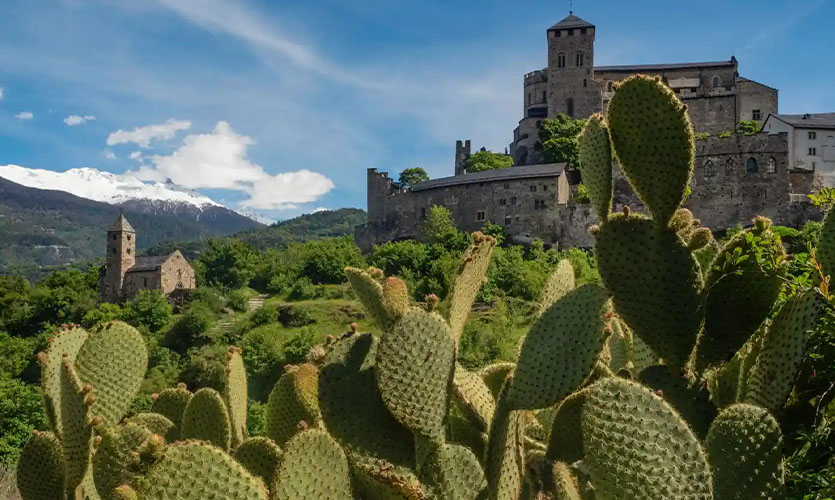Indian music has a melodious journey of its own. From Indian classical to Indian rock that’s sung in regional languages, it has evolved in its own path and way. Initially, western rock was the only common genre. Indian indie bands have contributed immensely to evolve rock in the country. This evolution of rock music in India has been perfectly captured in Abhimanyu Kukreja’s film ‘Rockumentary: Evolution of Indian Rock’, which took seven years to put together. The film has been screened at various international film festivals and has witnessed theatrical releases too.
Rockumentary portrays how rock, a Western genre multiplied in India despite stiff cultural resistance from the country’s rich classical heritage and Bollywood’s dominance. It captures the journey from the roots of Indian rock. It features the distant big bands of the 1930s, and goes on to showcase India’s rock pioneers in the 60s, 70s and 80s to today’s rock stars. Rockumentary examines societal shifts from 10 regions of India chronicling the gradual acceptance of rock to its flourishing sound, today. The film highlights the dedication and hardship lived by India’s pioneering rock icons from the 50s, 60s and 70s. It illuminates the circumstances that nurtured rock n roll to blossom into a culture. It’s now solidified into a way of life for Indian urban youth.
Abhimanyu Kukreja’s comprehensive, nostalgic and enjoyable documentary traces the evolution of Indian rock from the 30s to today. The documentary begins in an unexpectedly meta way. Kukreja begins by telling the audience how he had once set out to tell this story as a 24-minute segment for a TV station; but realised that the constraints of TV were too tight to trace the evolution of Indian rock. Setting a perfect example of a new era of cinematography through musical notes; it couldn’t have been picturised more beautifully.
In the Rockumentary, Kukreja meets and speaks with a variety of musicians ranging to more than 40 prolific artists. From the “godfather of Indian jazz”, Louis Banks to the psychedelic Bombay rockers Atomic Forest, Savage Encounter, Velvette Fogg, and Lou Majaw of The Great Society, Gary Lawyer, Chennai’s The Mustangs, Bengaluru-based Millenium (India’s first heavy metal band), Parikrama, Peter Cat Recording Co., Malayalam rock band Avial, and more.
Kukreja in an interview said, “When we started doing these interviews, even I didn’t know what the story of Indian rock would be. I was initially really shocked when I heard these stories, and I got to know there are these bands like The Mustangs from Madras, The Savages, the Savage Encounter, Velvet Fogg, The People, The Great Society…all of these were names I had no idea about. But then I realised, all were telling the same stories about how it expanded. Whichever band I interviewed, from the 60s and the 70s, they were all talking about the same things. They talked about the Simla festival, ‘Jesus Christ Superstar’ which was Alyque Padamsee’s show where 150 rock ‘n’ roll musicians from Bombay came together to perform in a huge musical theatre event; about Rang Bhavan as an iconic performance venue in the ’80s. When you interview 5 or 6 people, and they’re all speaking the same story, then you know, these are the milestones, the things you have to include. I had to watch the interviews, again and again, to pick out those moments and milestones.”
Starting out in 2015, he didn’t know that the end result would be a success. Kukreja knew he wanted to show music in a new form to the world and he started his mission. It took seven years to complete this ballad of the evolution of music. He says, “When I started the research process in 2008, not much literature could be found online about the history of Indian rock. Second, the funding of it. We edited this film the way feature films are edited because I did not want the documentary to become boring in any way. It should be a gripping watch for the audience. But honestly, it took a lot of time to watch hundreds of hours of footage and convert it into a script that made sense. The other challenges included who to keep and who to not keep in the film. This is a 79-minute feature-length documentary film and it obviously cannot include each and every band that has contributed to the rock ‘n’ roll scene in India.” The film also captures Kukreja’s personal journey, wherein he’s the protagonist and his journey runs parallel to the story of rock music in India.
An award-winning documentary, Rockumentary touches your soul and clearly brings out the hard work Kukreja’s put in to fulfil his passion project. More broadly, the film throws a light on a cluster of mission-driven entrepreneurial ventures promoting Indian rock from its earliest days. This ecosystem includes record labels, magazines, social clubs, contests, venues, theatres and pubs. The film explains why international music legends like Sting, Robert Plant and Iron Maiden recognise India as appreciative of their music, creativity and art.
Read about Marathi film ‘Court’ which highlights caste oppression in India.










